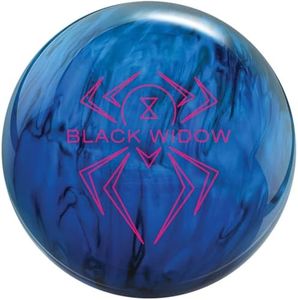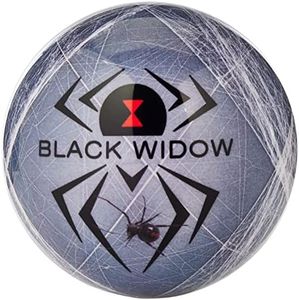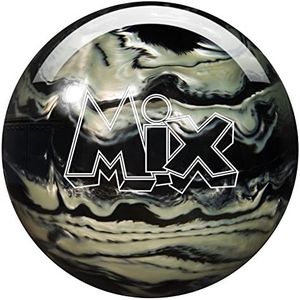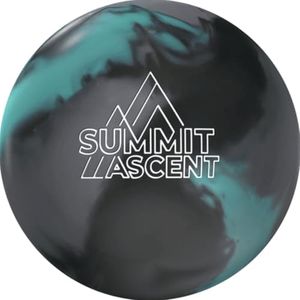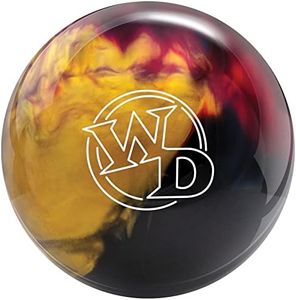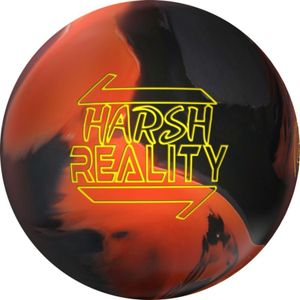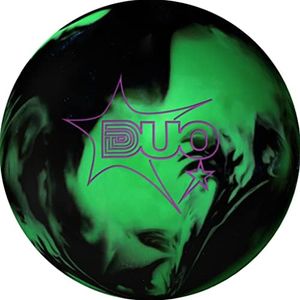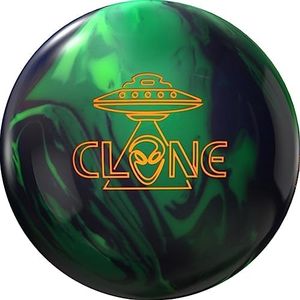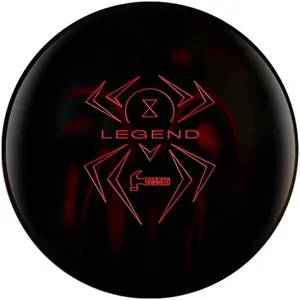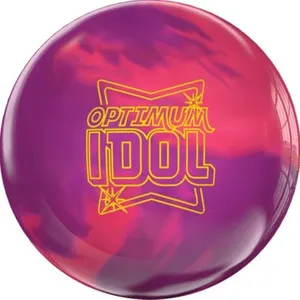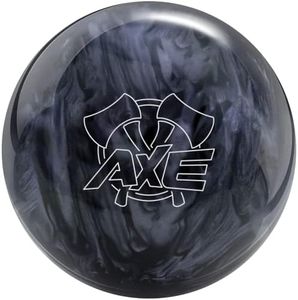We Use CookiesWe use cookies to enhance the security, performance,
functionality and for analytical and promotional activities. By continuing to browse this site you
are agreeing to our privacy policy
10 Best Bowling Ball For Curve
From leading brands and best sellers available on the web.Buying Guide for the Best Bowling Ball For Curve
Choosing a bowling ball that is great for curving (also called hooking) is all about understanding the features that influence how the ball moves down the lane. To get a great curve, you’ll want a ball that’s designed for hook potential rather than just straight rolling. When you’re shopping, keep in mind your own physical strength, how you typically bowl (your delivery style), and the conditions at the bowling alley. The right ball will help you achieve a smooth, controlled hook to knock down more pins and improve your performance.Coverstock MaterialThe coverstock is the outer shell of the ball and has a huge impact on how much the ball hooks. There are three main types: plastic, urethane, and reactive resin. Plastic is the smoothest and hooks the least, while urethane offers a bit more grip and medium hook potential. Reactive resin is the most popular choice for a curve because it creates the most friction with the lane, allowing for a strong hook. If you’re after a noticeable curve, go for a reactive resin coverstock. But if you’re newer to curving or prefer a gentler hook, urethane may be easier to control.
Core DesignInside every bowling ball is a core, which affects how the ball rolls and curves. Cores come in shapes like symmetrical, asymmetric, and pancake. Symmetrical cores give a smoother, more predictable curve, while asymmetric cores provide a sharper and more aggressive hook. For beginners or those who like a controllable hook, a symmetrical core is usually best. If you’re experienced and want a strong, dynamic curve, consider an asymmetric core.
WeightThe weight of the ball is crucial for performance and comfort. Bowling balls typically range from 6 to 16 pounds. Heavier balls tend to hit harder and maintain their path better, but they require more strength and skill to control for a strong curve. If you’re new to hooking, pick a weight that feels comfortable to throw repeatedly without strain. A ball that’s too heavy is hard to control, while one that’s too light may not hook as much.
Finger Hole DrillingHow the finger holes are drilled greatly affects your grip and ability to curve the ball. Custom drilling (fitting your hand specifically) provides better control and comfort, which is essential for making consistent hooks. There are also different drilling layouts designed to enhance hook potential or control it more. When you pick a ball, consider getting it professionally drilled for your hand and talking with the pro shop about your desire to curve the ball.
Surface FinishThe surface finish of a bowling ball is how rough or smooth the outside is. Balls with a duller, sanded finish grip the lane more and create a bigger hook, while those with a shiny, polished finish slide more and hook less. If you bowl on lanes that are heavily oiled, a rougher surface helps the ball hook sooner. For dry lanes, a smoother finish allows the ball to travel further before curving. Think about the typical lane conditions you play on when choosing the finish.
